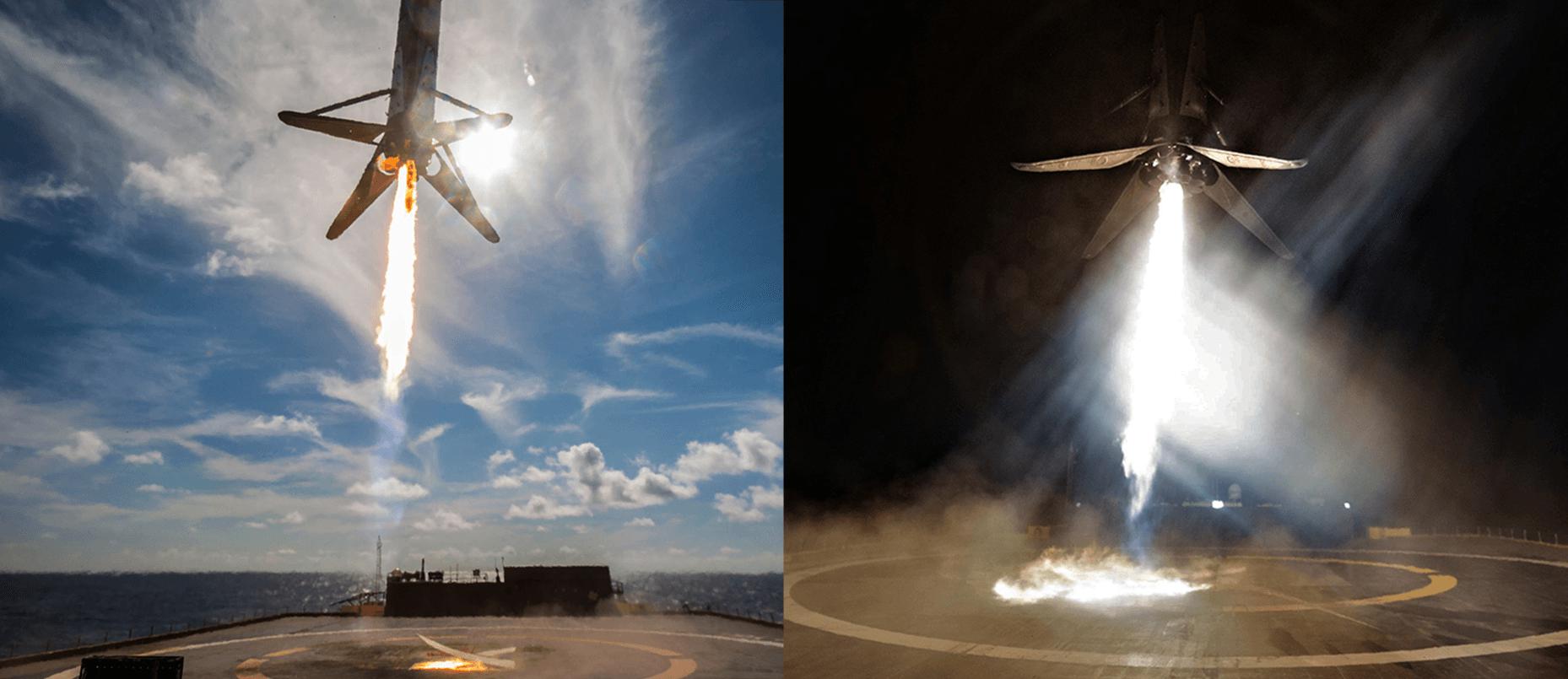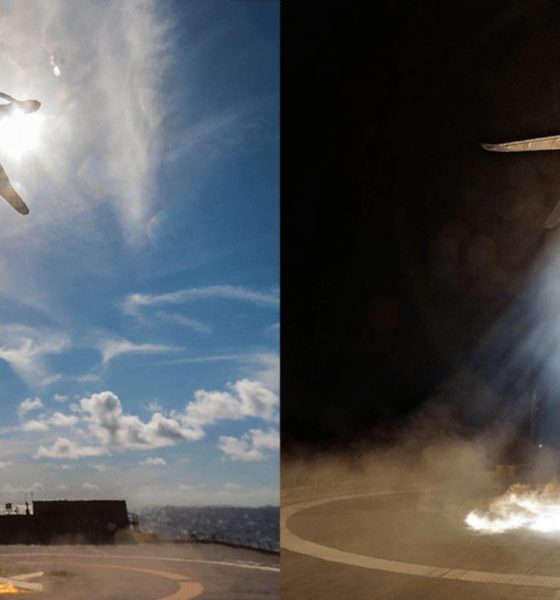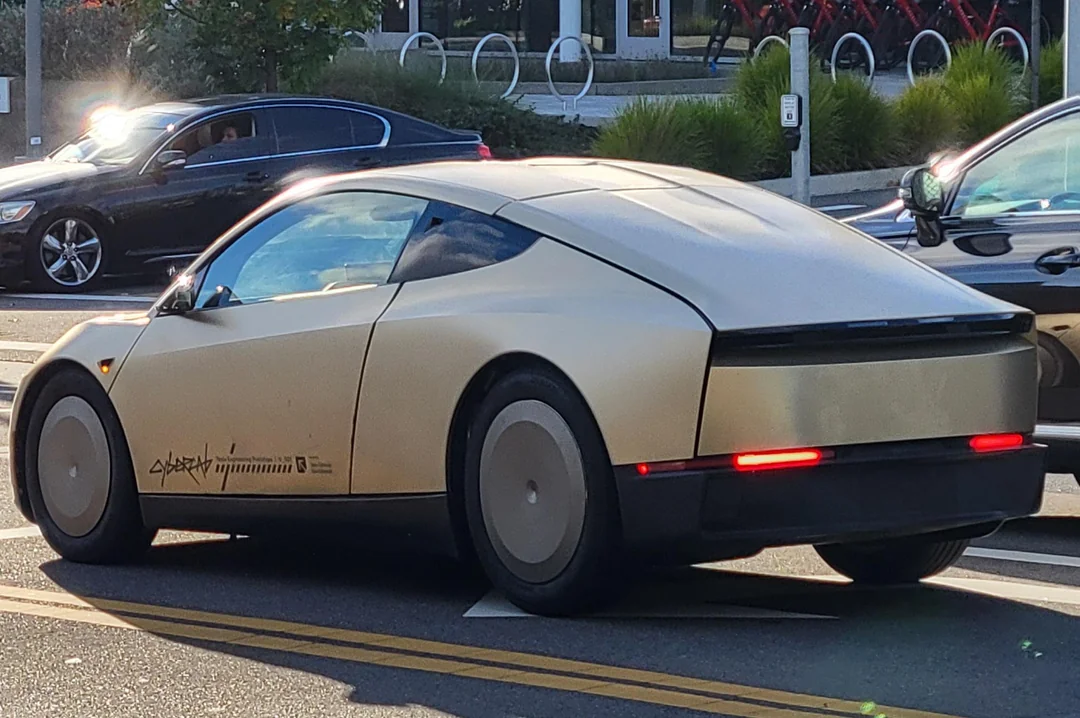

News
SpaceX Falcon 9 booster could be first to launch from all 3 company pads
A week after its original launch target, SpaceX launch engineers and technicians appear to have completed an additional suite of preflight checks that triggered an unusually long delay from November 19 to November 28.
As a sort of happy accident, the mission – a Spaceflight Industries rideshare carrying ~64 satellites – will not only be the first time SpaceX has launched a given Falcon 9 booster three times, but it will also become the first time SpaceX has launched the same Falcon 9 booster from all three of the company’s orbital launch facilities.
Standing down from Monday’s launch attempt of Spaceflight SSO-A: SmallSat Express to conduct additional pre-flight inspections. Once complete, we will confirm a new launch date.
— SpaceX (@SpaceX) November 17, 2018
Likely a matter of caution over expediency, that extra time was used to make sure that the mission’s twice-flown Falcon 9 B1046 booster is as ready as possible for its third launch, a subtle but absolutely critical milestone for Falcon 9 reusability. More importantly, from an operational standpoint, this is something that the company has simply never attempted, meaning that while it’s similar in concept to the numerous booster reuses SpaceX engineers and technicians have already pulled off, every aspect of B1046’s refurbishment and preparation for another launch is new territory for all.
In this sense, even the most minor observations and procedural developments are likely being documented with extreme care, paving the way for the systematic refurbishment of Block 5 boosters with 2+ launches on their manifest. Similar to how car mechanics know to look at and for dramatically different things depending on the age of the car and the time since its last maintenance, reusable rockets are likely to require an even more exotic and unintuitive approach to multi-flight maintenance and repair diagnostics. As such, it should come as little surprise that SpaceX chose to delay SSO-A a few days to ensure that the rocket is ready to safely place its payload in orbit.
Vandenberg Air Force Base SLC-4 looked great yesterday, Nov. 26, from the orbit of #DEIMOS2! Good luck @SpaceX for tomorrow's launch! 🚀 #KazSTSAT #Falcon9 pic.twitter.com/q2NmKv3k0c
— Deimos Imaging (@deimosimaging) November 27, 2018
Pecking orders
Aside from the extreme importance of its third launch, Falcon 9 B1046 will be subject to another rather unique situation. Barely a mile or two northeast of SpaceX’s SLC-4 launch complex, a ULA Delta IV Heavy rocket is assembled and nearly ready to place the National Reconnaissance Office’s classified NROL-71 satellite into a high-energy Earth orbit. If the extraordinarily expensive launch vehicle (~$350-400M) it sits atop of is any sign, NROL-71 is a massive satellite that cost the NRO anywhere from $500M to $2B to design, procure, and prepare for launch.
In other words, the sheer capital at risk has likely resulted in a bit of manifest and range jockeying between Falcon 9/SpaceX and Delta Heavy/ULA/NRO. Under normal circumstances, Falcon 9 B1046 could without a doubt perform a Return-To-Launch-Site (RTLS) recovery, sending the booster all the back to SLC-4 for a landing at LZ-4.
https://www.instagram.com/p/BqoCpFulAAx/
Instead, likely prevented from landing at LZ-4 due to the slight chance that Falcon 9 could impact at or around ULA’s launch pad in an off-nominal situation, SpaceX has decided to station drone ship Just Read The Instructions less than 30 miles (50 km) off the coast of Vandenberg Air Force Base. In this odd and unused landing mode, Falcon 9 will perform a sort of RTLS Lite, returning back in the direction of the launch site but not going far enough to actually reach it.
In doing so, B1046 will – fingers crossed – become the first Falcon 9 booster to land on both SpaceX drone ships and launch from all three of the company’s orbital facilities, LC-40 (Cape Canaveral Air Force Station), LC-39A (Kennedy Space Center), and SLC-4 (Vandenberg Air Force Base).

News
Tesla starts rolling out FSD V14.2.1 to AI4 vehicles including Cybertruck
FSD V14.2.1 was released just about a week after the initial FSD V14.2 update was rolled out.

It appears that the Tesla AI team burned the midnight oil, allowing them to release FSD V14.2.1 on Thanksgiving. The update has been reported by Tesla owners with AI4 vehicles, as well as Cybertruck owners.
For the Tesla AI team, at least, it appears that work really does not stop.
FSD V14.2.1
Initial posts about FSD V14.2.1 were shared by Tesla owners on social media platform X. As per the Tesla owners, V14.2.1 appears to be a point update that’s designed to polish the features and capacities that have been available in FSD V14. A look at the release notes for FSD V14.2.1, however, shows that an extra line has been added.
“Camera visibility can lead to increased attention monitoring sensitivity.”
Whether this could lead to more drivers being alerted to pay attention to the roads more remains to be seen. This would likely become evident as soon as the first batch of videos from Tesla owners who received V14.21 start sharing their first drive impressions of the update. Despite the update being released on Thanksgiving, it would not be surprising if first impressions videos of FSD V14.2.1 are shared today, just the same.
Rapid FSD releases
What is rather interesting and impressive is the fact that FSD V14.2.1 was released just about a week after the initial FSD V14.2 update was rolled out. This bodes well for Tesla’s FSD users, especially since CEO Elon Musk has stated in the past that the V14.2 series will be for “widespread use.”
FSD V14 has so far received numerous positive reviews from Tesla owners, with numerous drivers noting that the system now drives better than most human drivers because it is cautious, confident, and considerate at the same time. The only question now, really, is if the V14.2 series does make it to the company’s wide FSD fleet, which is still populated by numerous HW3 vehicles.
News
Waymo rider data hints that Tesla’s Cybercab strategy might be the smartest, after all
These observations all but validate Tesla’s controversial two-seat Cybercab strategy, which has caught a lot of criticism since it was unveiled last year.

Toyota Connected Europe designer Karim Dia Toubajie has highlighted a particular trend that became evident in Waymo’s Q3 2025 occupancy stats. As it turned out, 90% of the trips taken by the driverless taxis carried two or fewer passengers.
These observations all but validate Tesla’s controversial two-seat Cybercab strategy, which has caught a lot of criticism since it was unveiled last year.
Toyota designer observes a trend
Karim Dia Toubajie, Lead Product Designer (Sustainable Mobility) at Toyota Connected Europe, analyzed Waymo’s latest California Public Utilities Commission filings and posted the results on LinkedIn this week.
“90% of robotaxi trips have 2 or less passengers, so why are we using 5-seater vehicles?” Toubajie asked. He continued: “90% of trips have 2 or less people, 75% of trips have 1 or less people.” He accompanied his comments with a graphic showing Waymo’s occupancy rates, which showed 71% of trips having one passenger, 15% of trips having two passengers, 6% of trips having three passengers, 5% of trips having zero passengers, and only 3% of trips having four passengers.
The data excludes operational trips like depot runs or charging, though Toubajie pointed out that most of the time, Waymo’s massive self-driving taxis are really just transporting 1 or 2 people, at times even no passengers at all. “This means that most of the time, the vehicle being used significantly outweighs the needs of the trip,” the Toyota designer wrote in his post.
Cybercab suddenly looks perfectly sized
Toubajie gave a nod to Tesla’s approach. “The Tesla Cybercab announced in 2024, is a 2-seater robotaxi with a 50kWh battery but I still believe this is on the larger side of what’s required for most trips,” he wrote.
With Waymo’s own numbers now proving 90% of demand fits two seats or fewer, the wheel-less, lidar-free Cybercab now looks like the smartest play in the room. The Cybercab is designed to be easy to produce, with CEO Elon Musk commenting that its product line would resemble a consumer electronics factory more than an automotive plant. This means that the Cybercab could saturate the roads quickly once it is deployed.
While the Cybercab will likely take the lion’s share of Tesla’s ride-hailing passengers, the Model 3 sedan and Model Y crossover would be perfect for the remaining 9% of riders who require larger vehicles. This should be easy to implement for Tesla, as the Model Y and Model 3 are both mass-market vehicles.
Elon Musk
Elon Musk and James Cameron find middle ground in space and AI despite political differences
Musk responded with some positive words for the director on X.

Avatar director James Cameron has stated that he can still agree with Elon Musk on space exploration and AI safety despite their stark political differences.
In an interview with Puck’s The Town podcast, the liberal director praised Musk’s SpaceX achievements and said higher priorities must unite them, such as space travel and artificial intelligence. Musk responded with some positive words for the director on X.
A longtime mutual respect
Cameron and Musk have bonded over technology for years. As far back as 2011, Cameron told NBC News that “Elon is making very strong strides. I think he’s the likeliest person to step into the shoes of the shuttle program and actually provide human access to low Earth orbit. So… go, Elon.” Cameron was right, as SpaceX would go on to become the dominant force in spaceflight over the years.
Even after Musk’s embrace of conservative politics and his roles as senior advisor and former DOGE head, Cameron refused to cancel his relationship with the CEO. “I can separate a person and their politics from the things that they want to accomplish if they’re aligned with what I think are good goals,” Cameron said. Musk appreciated the director’s comments, stating that “Jim understands physics, which is rare in Hollywood.”
Shared AI warnings
Both men have stated that artificial intelligence could be an existential threat to humanity, though Musk has noted that Tesla’s products such as Optimus could usher in an era of sustainable abundance. Musk recently predicted that money and jobs could become irrelevant with advancing AI, while Cameron warned of a deeper crisis, as noted in a Fox News report.
“Because the overall risk of AI in general… is that we lose purpose as people. We lose jobs. We lose a sense of, ‘Well, what are we here for?’” Cameron said. “We are these flawed biological machines, and a computer can be theoretically more precise, more correct, faster, all of those things. And that’s going to be a threshold existential issue.”
He concluded: “I just think it’s important for us as a human civilization to prioritize. We’ve got to make this Earth our spaceship. That’s really what we need to be thinking.”









